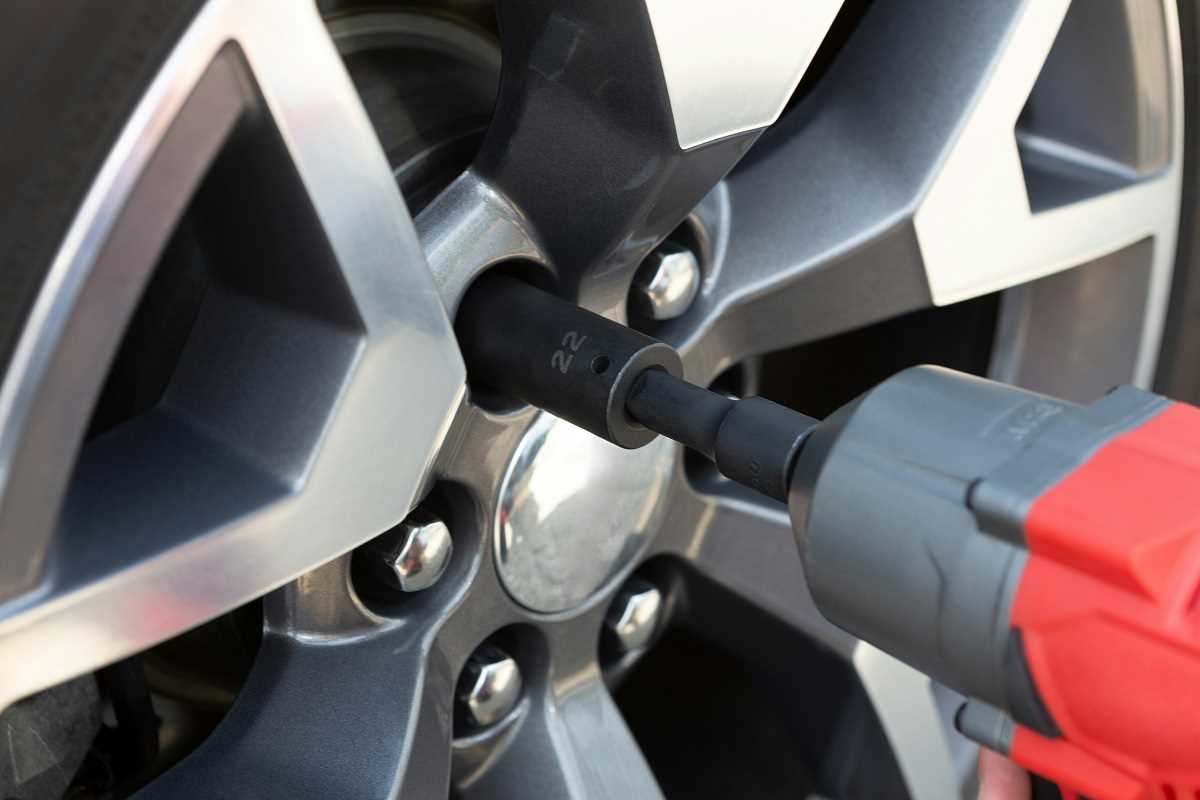hen it's time to shop for your next vehicle, the decision between a certified pre-owned (CPO) and a standard used car can significantly impact both your wallet and your peace of mind. As someone who's helped my kids through several car purchases and made plenty of my own over the years, I've seen firsthand how this choice plays out in the long run. The used car market offers tremendous variety and potential savings, but navigating it effectively requires understanding the key differences between these options.
Whether you're looking at your first car purchase or your fifteenth, understanding the nuances between certified pre-owned and standard used vehicles will help you make an informed decision that balances value and reliability. Let's explore the key differences, benefits, and potential drawbacks of each option to help you determine which path makes the most sense for your next vehicle purchase.
The Certified Pre-Owned Advantage
Certified pre-owned vehicles undergo comprehensive multi-point inspections conducted by factory-trained technicians who follow manufacturer-specific guidelines. This process typically includes mechanical, electrical, and cosmetic evaluations, with worn or defective components being repaired or replaced to meet the manufacturer's standards. The thoroughness of these inspections varies by manufacturer, some programs inspect over 300 individual points, while others might check closer to 100. This inspection process provides a significant level of quality assurance that simply doesn't exist with standard used cars, where you're generally taking the vehicle as-is unless you arrange for your own inspection.
Manufacturer certification programs typically include vehicle history verification to confirm the car hasn't been involved in major accidents or flood damage and doesn't have title issues. This screening process helps eliminate vehicles with problematic histories that might lead to reliability issues later. I remember helping my neighbor after he purchased a standard used car with undisclosed flood damage, the electrical problems that emerged within months of purchase would have been caught and rejected by any reputable CPO program. This additional layer of scrutiny provides important protection against some of the highest risk used vehicle purchases.
Understanding the Standard Used Car Proposition
Price advantage represents the most compelling reason to consider standard used vehicles. Without the certification process and extended warranty coverage, these cars typically cost 10-20% less than comparable CPO models. For a $20,000 CPO vehicle, this could mean savings of $2,000-$4,000, significant money that could be set aside for potential repairs or simply kept in your pocket. When my son was in college and needed basic transportation on a tight budget, this approach made perfect sense. He purchased a well-maintained but older Civic for substantially less than a comparable CPO model would have cost, and the savings covered several years of insurance payments.
The independent mechanic inspection option provides an alternative to manufacturer certification programs. By having a trusted mechanic thoroughly evaluate a standard used vehicle before purchase (typically costing $100-200), you can identify potential issues and negotiate repairs or price adjustments accordingly. While not as comprehensive as certification programs, this approach offers significant protection against major problems at a fraction of the cost difference between CPO and standard used vehicles. My brother-in-law has successfully used this strategy for his last three vehicles, having his mechanic identify issues that allowed him to negotiate the price down more than enough to cover the necessary repairs.
- Private party used cars typically offer 15-25% lower prices than equivalent dealer CPO models
- Standard dealer used cars usually sell for 10-20% less than similar CPO vehicles
- The average CPO premium ranges from $1,000-$3,000 depending on vehicle class and brand
- CPO warranties typically add 1-2 years/12,000-24,000 miles of coverage beyond any remaining factory warranty
- Pre-purchase independent inspections typically cost $100-$200 but can save thousands by identifying potential issues
Financial Considerations Beyond the Sticker Price
Depreciation patterns differ between CPO and standard used vehicles, with CPO models typically experiencing slightly slower depreciation due to their verified condition and warranty coverage. This difference can partially offset the higher initial purchase price when it comes time to sell or trade in the vehicle. The most significant depreciation occurs in the first 3-5 years of a vehicle's life, so both CPO and standard used cars have already weathered the steepest part of the depreciation curve. However, the certification premium tends to hold its value better in subsequent resale, particularly if the transferable warranty coverage still has significant time remaining when you sell.
The opportunity cost of capital deserves consideration in this financial equation. The premium paid for a CPO vehicle could be invested elsewhere or used to pay down other debt if you opt for a standard used car instead. For example, if you save $3,000 by choosing a standard used car over a comparable CPO model, that money could be set aside as a repair fund, invested for retirement, or used to reduce high-interest debt. Sometimes the smartest financial move isn't spending more for additional coverage you may never use. When I was younger with limited capital but good mechanical skills, this approach made perfect sense, the money saved by purchasing standard used vehicles allowed me to invest in my first home years earlier than would have otherwise been possible.
Vehicle History and Condition Assessment
Vehicle history reports have revolutionized the used car buying process by providing detailed information about a vehicle's past, including reported accidents, service records, title status, and ownership history. While these reports are typically provided as part of the CPO process, you can (and should) obtain them independently when considering any standard used vehicle. Services like Carfax and AutoCheck typically charge $25-40 for a single report, a small investment that can reveal critical information about potential problems. However, it's important to remember that these reports aren't infallible, they only include incidents that were reported to insurance companies or repair facilities that share their data.
Cosmetic condition assessment goes beyond mere appearance to provide clues about how well a vehicle has been maintained and what problems might be lurking beneath the surface. Mismatched paint, panel gaps, or over-spray can indicate prior accident damage, while worn interior components might suggest higher actual mileage than what's shown on the odometer. CPO vehicles typically must meet certain cosmetic standards, whereas standard used vehicles can vary dramatically in their presentation. One used car I considered years ago had unusual wear patterns on the driver's seat and pedals that didn't seem consistent with the reported mileage, a red flag that prompted me to look elsewhere, as it suggested possible odometer tampering.
Warranty Coverage Comparison
Manufacturer-backed warranties that come with CPO vehicles provide coverage directly from the original manufacturer rather than third parties. This distinction is important because manufacturer warranties typically offer more comprehensive coverage, more straightforward claim processes, and service at any authorized dealership nationwide. The extended CPO warranty usually kicks in after any remaining original factory warranty expires, providing continuous coverage that can last several years depending on the program. When my sister's CPO vehicle developed a transmission issue two years after purchase, the repair process was remarkably smooth, one dealer visit, no questions asked, and the $4,200 repair was completely covered.
Dealership service requirements vary between warranty types. Many CPO warranties require that maintenance and repairs be performed at authorized dealerships to maintain coverage, while others allow service at any licensed repair facility as long as proper documentation is maintained. This distinction can be particularly important if you don't live near a dealership or prefer to use an independent mechanic for routine maintenance. My uncle learned this lesson the hard way when his CPO warranty claim was initially denied because he had used his local mechanic for oil changes without keeping detailed receipts, though he was eventually able to resolve the situation, it required considerable time and effort that could have been avoided.
Personal Factors to Consider
Driving habits and annual mileage significantly impact the value proposition of CPO versus standard used vehicles. If you drive substantially more than average (15,000+ miles annually), the extended warranty protection of a CPO vehicle becomes more valuable as you'll reach mileage limitations sooner and put more stress on vehicle components. Conversely, if you drive very little, you might never utilize the full warranty coverage before it expires based on time limitations. When my retired parents were replacing their car, their limited annual driving (about 6,000 miles) made the CPO premium less justifiable, as they would likely exceed the time limitation long before approaching the mileage cap on any warranty.
Whether you ultimately choose a certified pre-owned or standard used vehicle depends on finding the right balance between upfront cost, long-term protection, and your personal circumstances. CPO vehicles offer significant peace of mind through comprehensive inspections and warranty coverage, but come at a premium that may not be justified for every buyer or vehicle. Standard used cars provide greater initial savings and selection but transfer more risk and responsibility to the buyer. By carefully considering the factors we've discussed, from warranty coverage and vehicle history to your own driving habits and financial situation, you can make an informed decision that provides the best value for your specific needs. Remember that the "best" choice varies between individuals and situations, what matters most is finding the option that aligns with your priorities and circumstances.
 (Image via
(Image via
.jpg)




